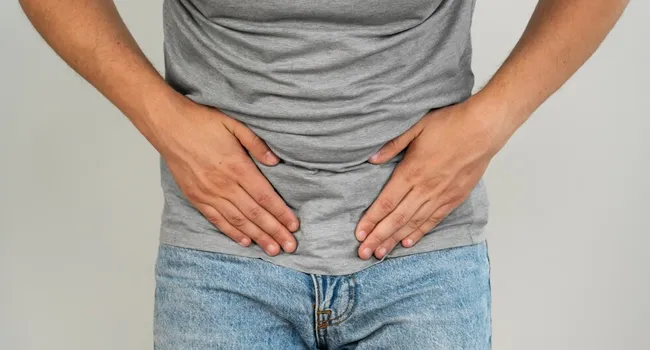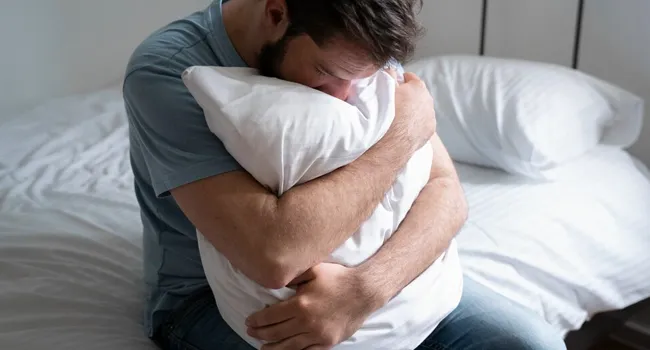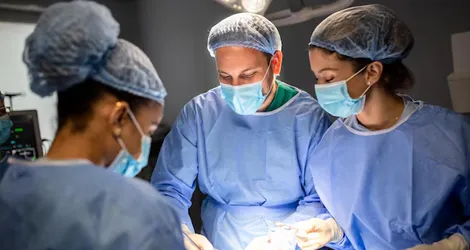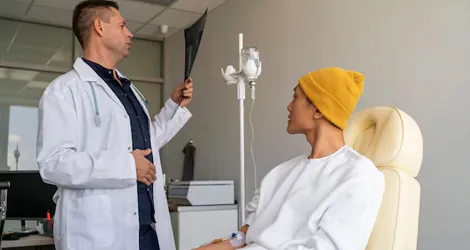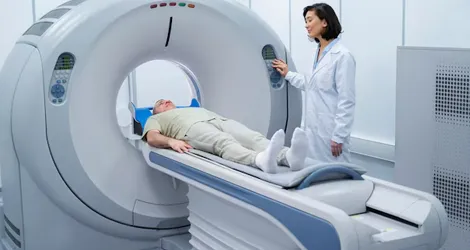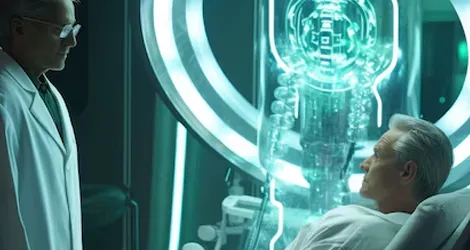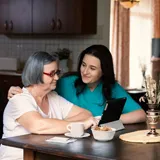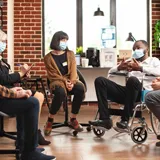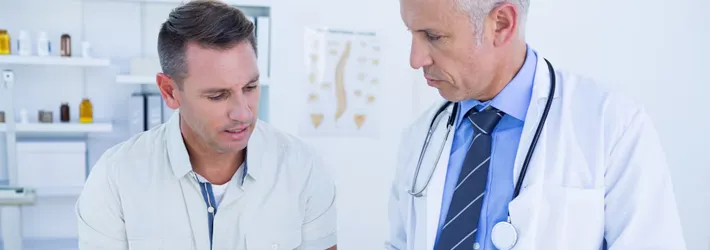Overview
Testicular cancer is the most common type found in men between 15 and 35. One of the first signs is usually a painless lump in the testicle. When it’s found and treated early, the chances of a full recovery are very high.

What is Testicular Cancer?
Testicular cancer starts in the testicles, which are part of the male reproductive system. These glands sit in the scrotum and make both sperm and testosterone. Cancer usually begins when certain cells start growing in a way they shouldn’t. Most cases affect just one testicle, and it often shows up as a painless lump or swelling.
It’s more common in younger men, especially those between 15 and 35. Some people also feel heaviness in the scrotum or notice a change in the way their testicle feels. The good news is that testicular cancer is highly treatable when it’s found early. Paying attention to changes and speaking up if something feels wrong can help.
Types of Testicular Cancer
Around 90 percent of testicular cancers begin in germ cells. These are the cells inside the testicles that eventually turn into sperm. When they stop working the way they should, they bunch up and form a lump or tumor.
-
Seminoma:
This type of cancer grows slowly and usually shows up in people in their 40s or 50s. It tends to stay in one area longer and often responds well to treatment. -
Non-Seminoma:
Non-Seminoma grows faster than seminoma and is more common in younger people, mostly in their late teens through early thirties. There are four types, based on the kind of germ cell they come from. These include embryonal carcinoma, yolk sac carcinoma, choriocarcinoma and teratoma. Some tumors may have more than one type in them.
Risk Factors
Some things might make testicular cancer more likely, but that doesn’t mean they cause it. These are just possible risks that can increase the chance of getting it.
-
Age:
Most cases happen to people between 15 and 35 years old. -
Undescended Testicle:
Before birth, testicles usually move from the belly down into the scrotum. If one or both don’t drop, this is called an undescended testicle. Even if surgery fixes it, the risk may still be higher. -
Race and Ethnicity:
It’s seen more often in non-Hispanic white people in places like the United States and parts of Europe. -
Family or Personal History:
If a close family member has had testicular cancer, your chances might go up. Having it once also means you’re more likely to get it again in the other testicle. Some genetic conditions, like Klinefelter Syndrome, may also play a part. -
Infertility:
Some of the same things that affect fertility in men could also be linked to testicular cancer. Experts are still studying how strong that link is.


